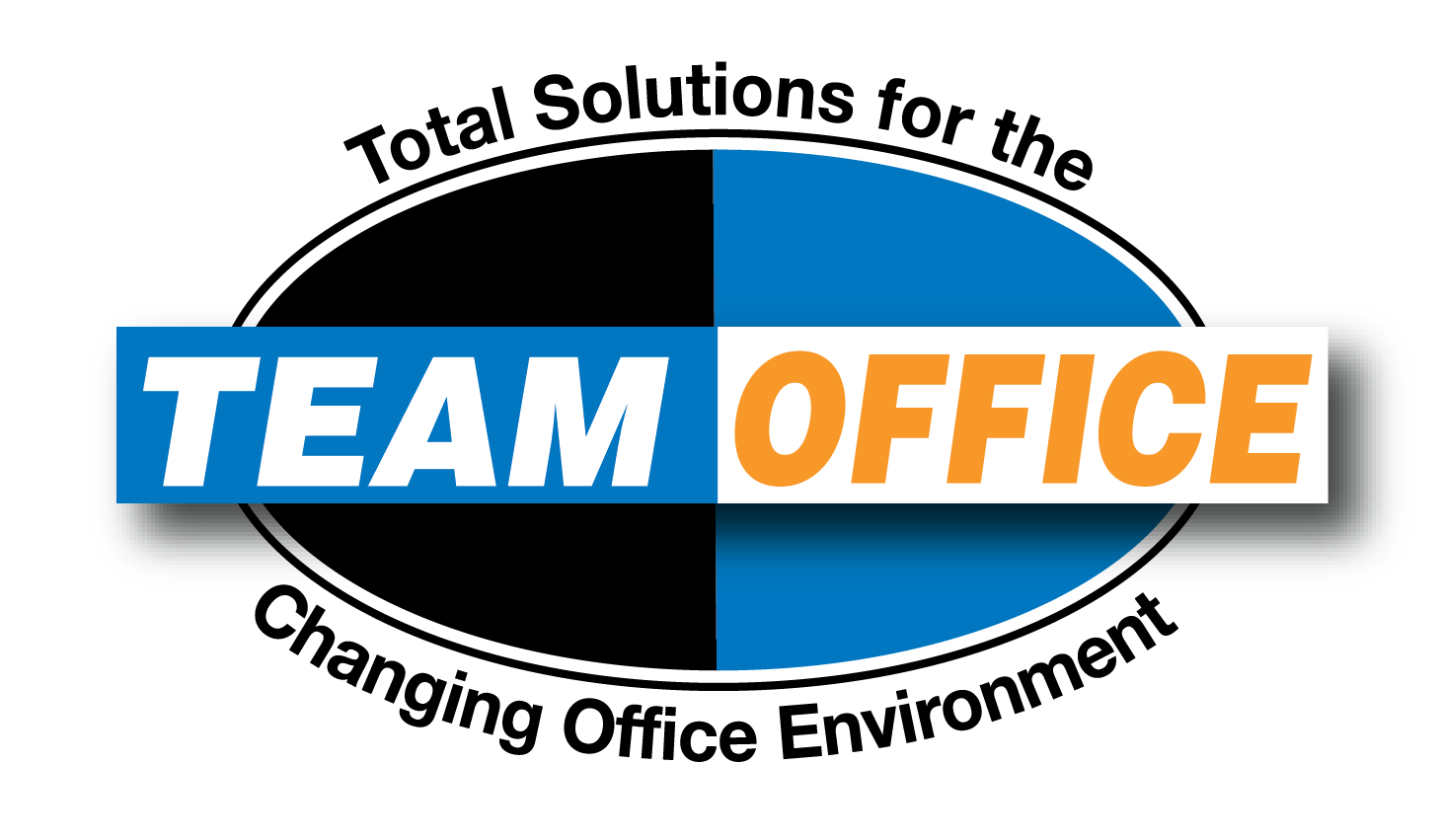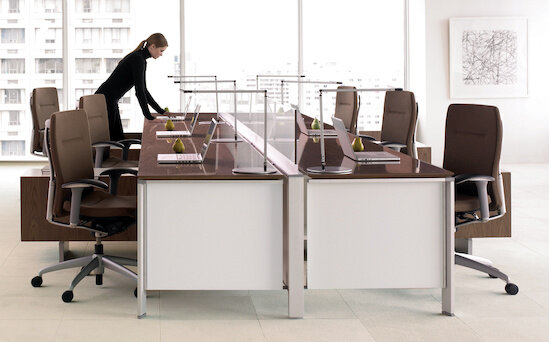Office Zones: 4 Ways to a More Productive and Fun Office
In a recent article, The Chicago Grid called out a list of frustrations that some facility planners are encountering with today’s more open workspaces – among them, the need for quiet zones and areas to make phone calls. Organizations benefit when workers collaborate and yet research shows that in many instances, productivity is being lost in our new “open offices.” Is it possible to balance the need for collaborative work areas with more private work zones in one office? With a little planning and foresight, the answer is “Yes”. For example, the space pictured below is designed with zones that are task-specific. Similar to districts or zoning in a community, today’s workplace planning should support the movement and flexibility needed to make them both functional and productive.
The 4 Office Zones
Collaboration Zones
Collaboration Zones are open and provide space for associates to come together and share ideas. They can be as simple as a big table in the break room or a lounge area. Any space that makes it easy for people to meet and communicate can make a great collaboration zone.
Fun Zones
Companies like Google are famous for their Fun Zones. Fun Zones may include ping pong tables or slides. Fun Zones provide space for fun activities and make people look forward to going to work. Don’t be fooled by all the fun and laughter though. The large companies that made Fun Zones famous will tell you some of their best ideas came from these areas.
Quiet Zones
Quiet Zones are great places to get work done, but less isolated than a private office or cubicle. Individual workspace is defined, but somewhat open and communication with coworkers is still possible.
Private Zones
If a deadline looms and serious work needs to be done, it’s time to head for a Private Zone. Private zones eliminate disruptions and send the message that workers should not be bothered. Private Zones allow concentration and maximize productivity. Ideal private zones may include doors and full-height walls and resemble more traditional office space, except they’re shared spaces.
Use the 4 zones to ensure that your team can find the right place for work, collaboration and fun. With some planning and intelligent design, your team will always be working in the “Zone”.





